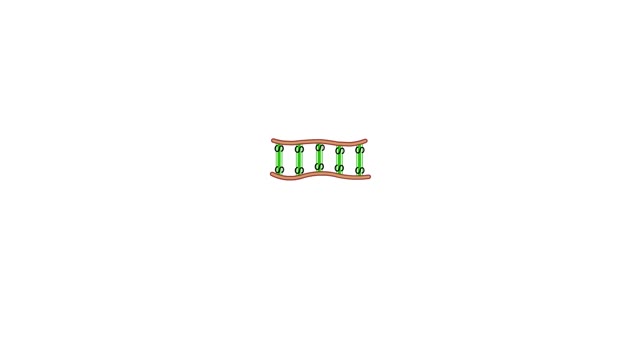Power Supply Polyacrylamide Gel Protein Sample
By: HWC
Date Uploaded: 06/03/2020
Tags: homeworkclinic.com Homework Clinic HWC sds polyacrylamide gel electrophoresis animation anionic detergent SDS polypeptide chains polyacrylamide gel
SDS-polyacrylamide gel electrophoresis is a powerful tool, which resolves proteins according to their molecular weights. Because proteins differ in size, shape, and charge, a protein sample is first denatured with the anionic detergent SDS. When the sample is heated, the SDS molecules bind to the proteins and cause them to unfold. The denatured proteins become uniformly coated with negatively charged SDS molecules, so they all have a similar shape and charge-to-mass ratio. If a protein is composed of several subunits, the SDS not only unfolds the protein, but also dissociates the protein into its individual polypeptide chains. The mixture of denatured proteins is then transferred from the tube and loaded into a well that has been cast in the top of a polyacrylamide gel. In an electric field generated by a power supply, the negatively charged polypeptides migrate through the gel toward the positive electrode at the bottom of the gel. The migrating polypeptides are retarded by the tangled network of polyacrylamide. Smaller polypeptides travel more easily and quickly through the pores in the network than do larger polypeptides. Because the polypeptides have similar charge-to-mass ratios, the distance they travel through a gel is dependent only on molecular weight. Based on this principle, proteins are separated according to their sizes, with low molecular weight proteins having greater mobility than high molecular weight proteins.
Add To
You must login to add videos to your playlists.
Advertisement












Comments
0 Comments total
Sign In to post comments.
No comments have been posted for this video yet.